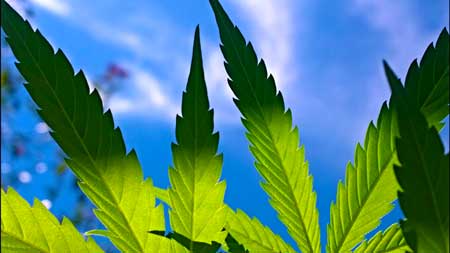Hopefully you looked at the topic title and thought "huh?!?! Whats that about"
OK, I used to make homemade fruit wines, which involved fermenting the fruit to convert sugars to alcohol, and during the process copious amounts of CO2 released.
So the real question is: has anyone tried winemaking and 420 cultivation together in the same space?
So I am contemplating using a fermentation jug with a sugar/water/wine-yeast solution as a potential source of CO2 to bolster the plants.
The way I see it, the warmth from the grow lights will encourage the fermentation, which will produce CO2 - but not to any "elevated" levels, maybe raise the CO2 in the grow area by 0.1% at best (higher would be great of course),
but when plants enter that vigorous grow that hits in weeks 2 and 3 before switching to Bloom (12/12 light cycle), would the extra CO2 from the yeast/fermentation actually be of use or just a waste of effort?
PS. Bread yeast would not work because bread yeast cultures are *too* vigorous and would convert the sugar to CO2 way too fast (wine yeast would provide a steady stream of CO2 even if at a lower level).
Thoughts?
OK, I used to make homemade fruit wines, which involved fermenting the fruit to convert sugars to alcohol, and during the process copious amounts of CO2 released.
So the real question is: has anyone tried winemaking and 420 cultivation together in the same space?
So I am contemplating using a fermentation jug with a sugar/water/wine-yeast solution as a potential source of CO2 to bolster the plants.
The way I see it, the warmth from the grow lights will encourage the fermentation, which will produce CO2 - but not to any "elevated" levels, maybe raise the CO2 in the grow area by 0.1% at best (higher would be great of course),
but when plants enter that vigorous grow that hits in weeks 2 and 3 before switching to Bloom (12/12 light cycle), would the extra CO2 from the yeast/fermentation actually be of use or just a waste of effort?
PS. Bread yeast would not work because bread yeast cultures are *too* vigorous and would convert the sugar to CO2 way too fast (wine yeast would provide a steady stream of CO2 even if at a lower level).
Thoughts?



Comment